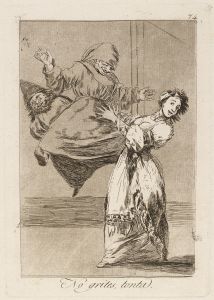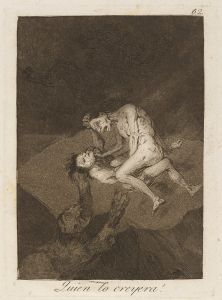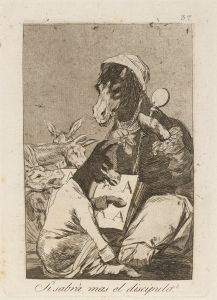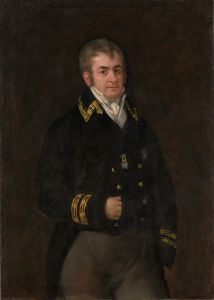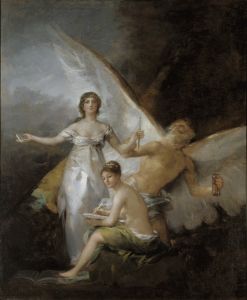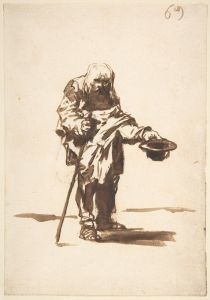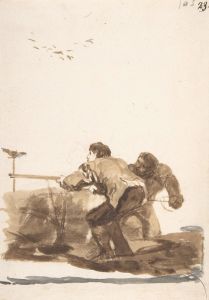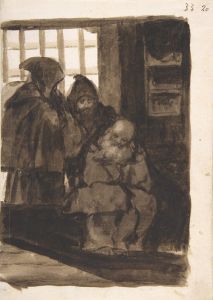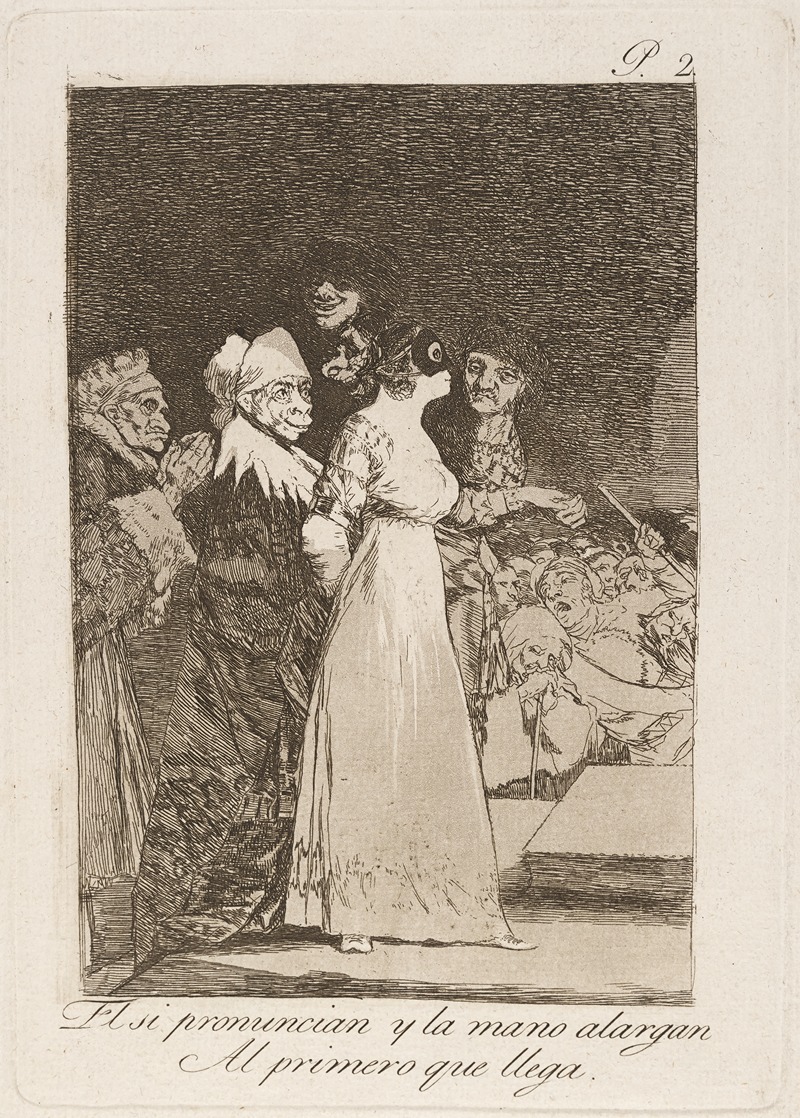
El si pronuncian y la mano alargan Al primero que llega.
A hand-painted replica of Francisco de Goya’s masterpiece El si pronuncian y la mano alargan Al primero que llega., meticulously crafted by professional artists to capture the true essence of the original. Each piece is created with museum-quality canvas and rare mineral pigments, carefully painted by experienced artists with delicate brushstrokes and rich, layered colors to perfectly recreate the texture of the original artwork. Unlike machine-printed reproductions, this hand-painted version brings the painting to life, infused with the artist’s emotions and skill in every stroke. Whether for personal collection or home decoration, it instantly elevates the artistic atmosphere of any space.
Francisco de Goya's painting El sí pronuncian y la mano alargan al primero que llega (translated as "They say yes and give their hand to the first who comes") is part of the artist's series of works known as the Caprichos. The Caprichos is a collection of 80 prints created by Goya in 1797–1798 and published in 1799. These works are known for their satirical and critical commentary on Spanish society, addressing themes such as superstition, ignorance, corruption, and the flaws of human behavior.
This particular piece, El sí pronuncian y la mano alargan al primero que llega, is Plate 2 in the Caprichos series. It depicts a wedding scene in which a bride is shown extending her hand to a groom, symbolizing the act of marriage. The title and imagery suggest a critique of arranged or hasty marriages, where decisions are made without genuine affection or consideration. The work reflects Goya's interest in exposing societal norms and practices that he viewed as flawed or hypocritical.
The medium used for this artwork is etching and aquatint, techniques that Goya employed throughout the Caprichos series to achieve a range of tonal effects and intricate details. The dark, satirical tone of the series is enhanced by the use of these techniques, which allow for dramatic contrasts between light and shadow.
As with many of the Caprichos, the exact inspiration or context for this specific piece is not definitively documented. However, the series as a whole is understood to reflect Goya's disillusionment with the social, political, and religious structures of late 18th-century Spain. The works were created during a period of significant personal and political turmoil for Goya, including his struggles with illness and his growing skepticism toward traditional institutions.
The Caprichos were initially published as a set of prints available for purchase, but Goya later withdrew them from public sale, likely due to concerns about potential backlash from the powerful individuals and institutions he critiqued. Today, the Caprichos are considered a landmark in the history of art for their innovative techniques and bold social commentary.
El sí pronuncian y la mano alargan al primero que llega is housed in various collections, as multiple impressions of the Caprichos series exist. The original plates are preserved in the Museo del Prado in Madrid, Spain.





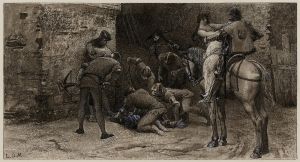
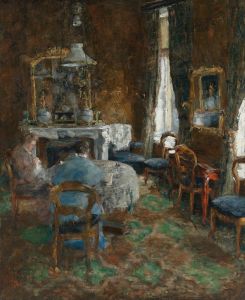
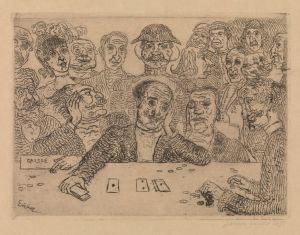
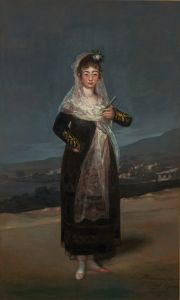
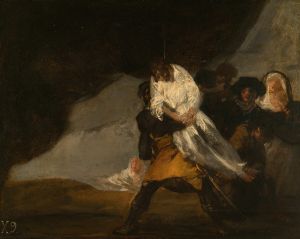
![After Vice Comes Fornication [Simpleton]](/imgs/264583/s/francisco-de-goya-after-vice-comes-fornication-simpleton-880a5769.jpg)
